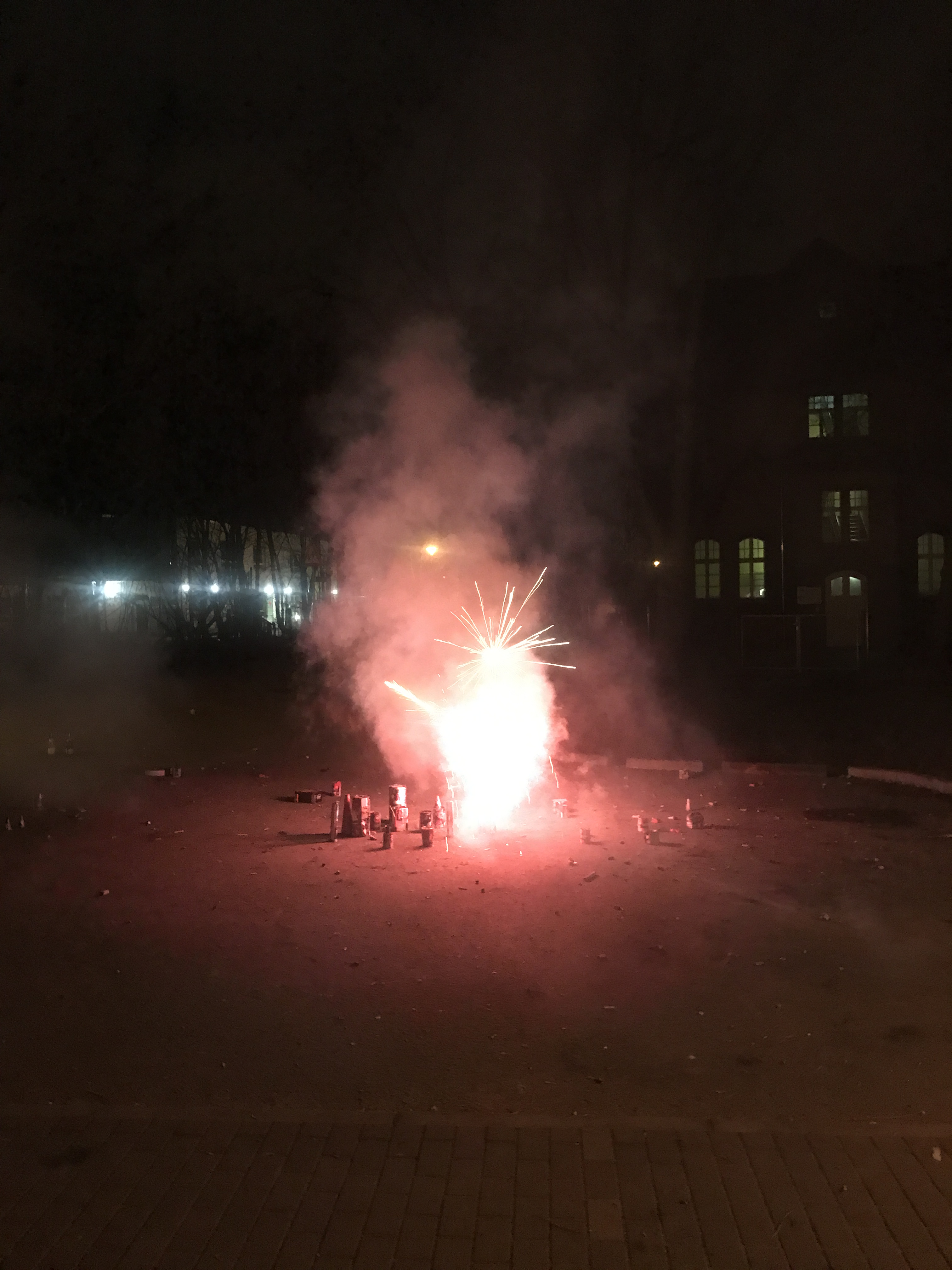Fireworks produce 2,050 tonnes of particulate matter per year
Particulate matter air pollution is especially high on New Year's Day

Even small fireworks can cause serious air pollution.
Source: Jonas Stoll / Umweltbundesamt
Particulate matter pollution in the early hours of New Year's Day is usually at some of the highest levels of the whole year, especially in metropolitan areas and cities – due to New Year's fireworks and emissions of particulate matter. It was previously assumed that 4,500 tonnes of particulate matter emitted by fireworks are to blame for the poor air quality. New calculations now show that it is just under half that amount, i.e. around 2,050 tonnes of particulate matter per year, which causes the high levels of pollution caused by the setting off of fireworks. Fireworks therefore account for almost one percent of total annual PM10 emissions and almost two percent of total annual PM2.5 emissions. This new calculation is based on experiments conducted to determine emission factors which provide more realistic values of particulate emissions than previously used data. The change in methodology is the result of a specialist exchange between UBA and the German Pyrotechnical Industry Association (VPI).

